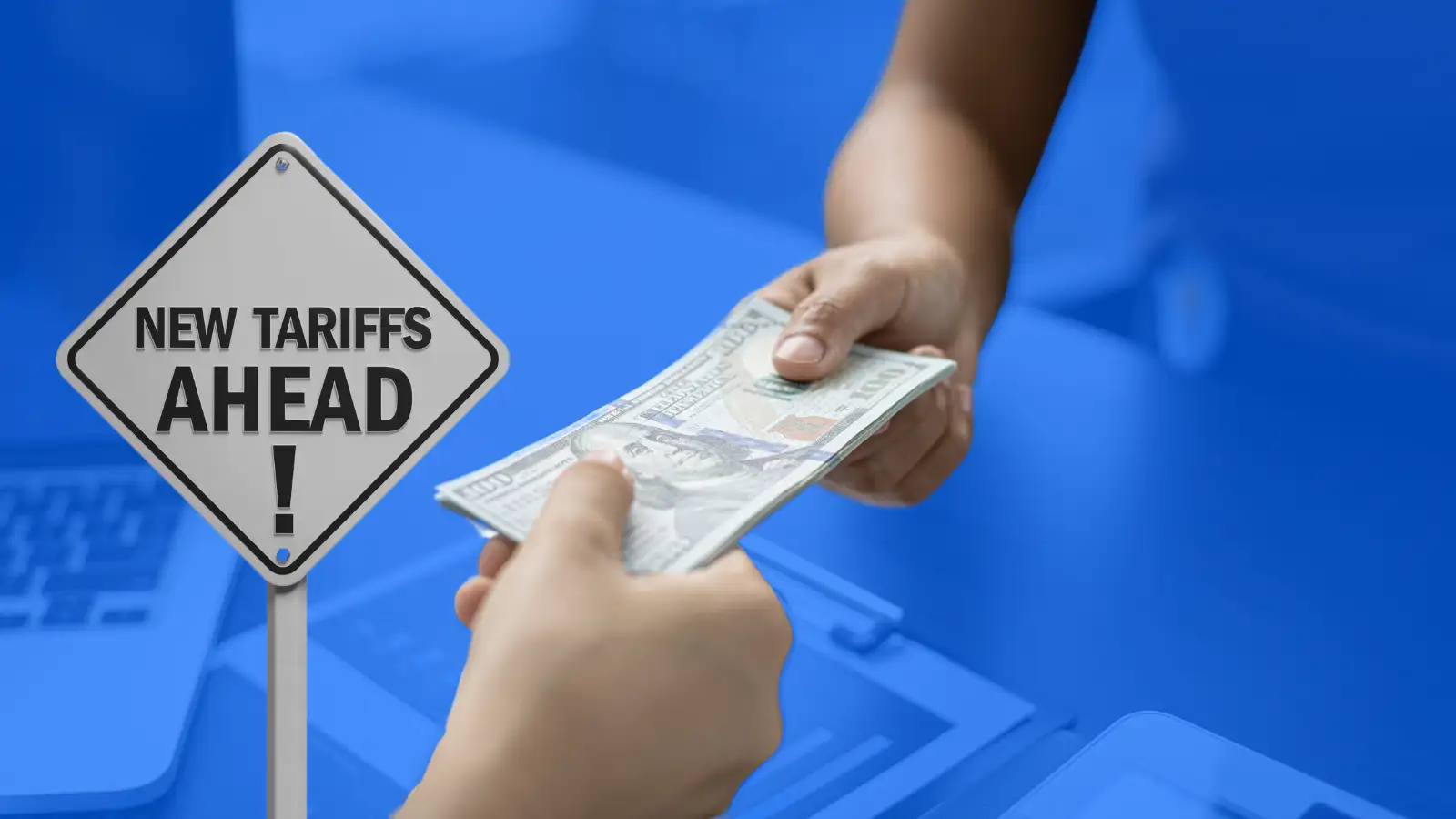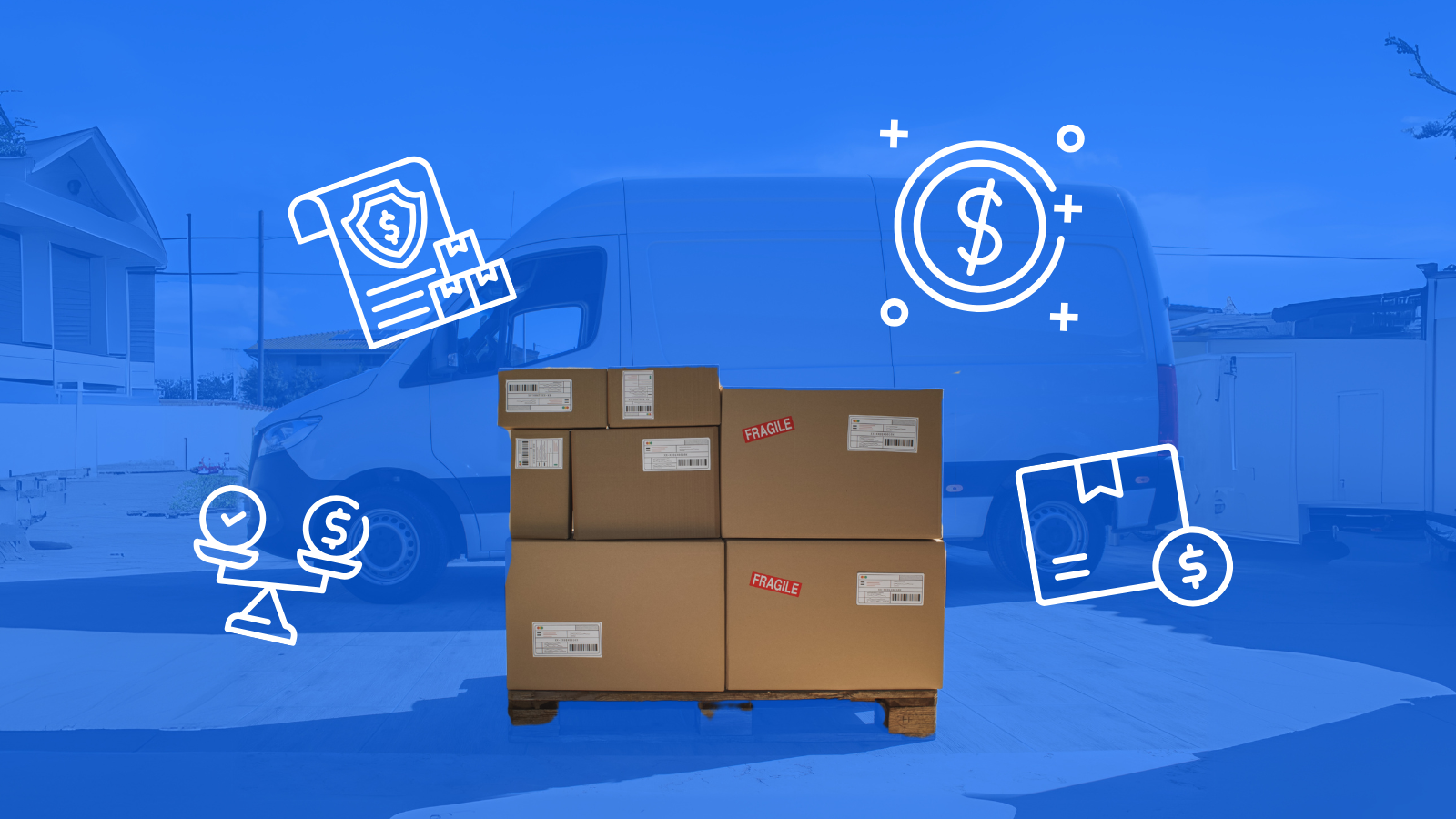May 15, 2025
·
4 min read

Shipping internationally can seem straightforward, but many people don’t realize they might be paying more than they need to. One of the most overlooked aspects of international shipping is the cost of tariffs. These charges can significantly increase overall shipping costs, whether you’re a business or an individual.
In this article, we break down what tariffs are, how they impact your shipments, and what you can do to avoid paying more than necessary.
What Are Tariffs and Why Should You Care
A tariff is a tax imposed by a government on goods imported from other countries. Tariffs are used to regulate trade, protect domestic industries, or raise revenue. In practice, this means that when you ship an item across international borders, there may be a fee added to your total cost simply because of where the item is coming from or going to.
Tariffs are not a new concept, but they’ve gained increased attention recently due to changes in international trade policies. The growing number of tariffs being applied by the United States to goods coming into the country has raised concerns not just for large companies, but also for individual consumers who buy and ship products internationally. You can read more about the official definitions and current tariff structures on the U.S. International Trade Commission website.
How Shipping and Tariffs Are Connected
Shipping is the process that brings goods from one country to another. Since tariffs are applied to those goods at the point of entry, shipping becomes the point at which those taxes are triggered. Whether you’re shipping electronics, clothing, or personal gifts, if the goods fall into a tariffed category those costs will be added during customs processing. In many cases, shipping carriers will even collect the tariff from the recipient before releasing the package.
Tariffs don’t just affect businesses or bulk shipments. Even individuals sending personal packages or buying items online that ship internationally may face additional charges that stem from tariffs. For example, ordering a tech gadget from an overseas website might result in a tariff fee upon delivery, inflating the cost significantly.
Yes, Tariffs Apply to Individuals, Too
Many individuals are surprised to learn that tariffs are not just for importers or commercial businesses. Even if you’re a private citizen sending or receiving a personal package, you could be required to pay a tariff depending on the value and category of the item. This is why it’s critical to do your homework before shipping or ordering goods internationally.
You can check the latest regulations and classifications through the Harmonized Tariff Schedule available on the U.S. International Trade Commission website.
How Tariffs Impact Your Parcel Costs

Tariffs can affect parcel costs in several ways. First, the value of the item you’re shipping can push it over a duty threshold, meaning a fee is automatically applied. Second, certain types of goods have higher tariffs than others. For example, electronics, textiles, and luxury items often carry steeper duties. Finally, mislabeling or misclassifying goods can result in fines or higher tariff rates. This means even a small mistake in your shipping documentation can cost you extra money.
Additionally, shipping companies often charge an additional handling fee when they are required to process and prepay tariff costs on your behalf, which makes the final cost of shipping your item more expensive than what you initially expected. You may be caught off guard by a bill you thought had already been paid.
Thankfully, the Anytime Postage Kiosk user interface ensures you fill in all the appropriate information for your parcel, and even emails you customs documentation to make sure you have everything you need. Plus, the Anytime Postage kiosk integrates with multiple carriers, including those that specialize in shipping internationally and take into account tariffs and when to charge customs fees.
How to Avoid Unexpected Tariff Charges
The good news is that you can take proactive steps to avoid these unexpected fees:
- Always label goods accurately and honestly. Any false declarations can result in penalties or rejected shipments. The Anytime Postage Kiosk helps make sure you do so, and our support team can provide you with a screen-by-screen guide.
- Use online tools to estimate any potential tariffs before shipping. The U.S. Customs and Border Protection offers a helpful guide.
Some shipping platforms now offer real-time tariff calculators and duty estimators to help you see the full cost before committing, and the Anytime Postage kiosk integrates seamlessly with shipping APIs that factor in duty rates based on destination, weight, and item type. This gives you a more complete picture of your shipping cost and helps prevent surprise charges.
Tools That Help You Stay Informed
Certain platforms, such the USPS Global Shipping Program, make it easier for you to understand your shipping obligations upfront. These services often provide duty estimations and automate the declaration process, reducing your chances of error. You can explore international pricing and options directly on the USPS website.
By leveraging these tools and using services that prioritize transparent shipping data, you can avoid overpaying and enjoy a more predictable shipping experience. Anytime Postage aims to bring all of these features into one convenient kiosk, helping you ship smarter, every time.


